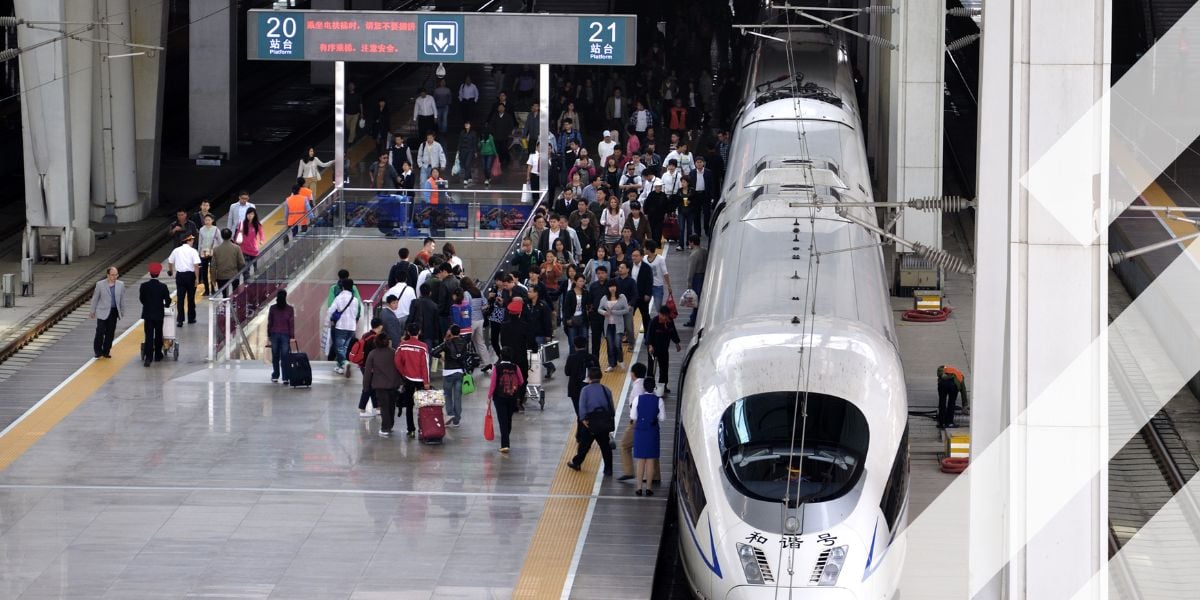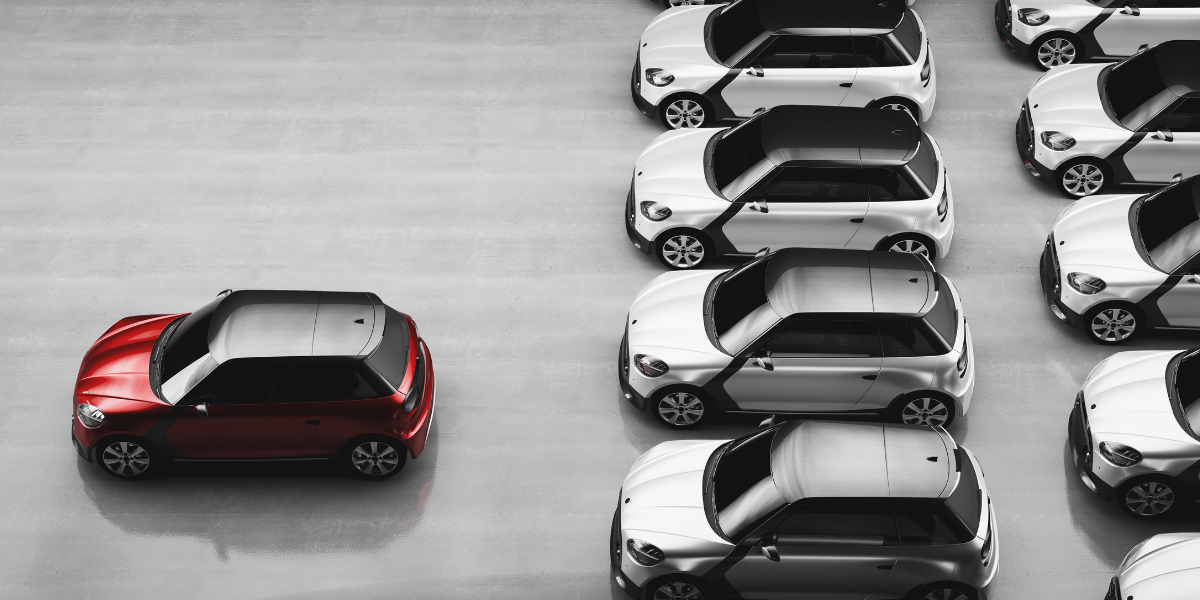Parking Analytics: Welcome to the world of Intelligence as a Service
There’s long been an argument that the key to speeding up the mobility transition has been as much about the intelligent use of technology as it is the use of intelligent technology. Mercedes-Benz Data-as-a-Service product manager Christoph Wolfinger explains how the act of parking your car is set to undergo something a radical transformation thanks to the intelligent use of analytics.
Intertraffic: Your Intertraffic presentation focused on how cities can optimise parking space through the smart use of vehicle data. Can you explain how that works in terms of both parking facilities and on-street parking?
Christoph Wolfinger (CW): With our data solution Parking Analytics, we offer a digital twin for on-street parking space, to digitise where parking space exists and how it is utilised. In most cases there is already an excellent set of data available when it comes to parking garages and car parks, but not for on-street parking. For on-street parking we are usually focusing on issues with GPS signal and data connection, that’s why Mercedes-Benz Parking Analytics is focusing on on-street parking only.
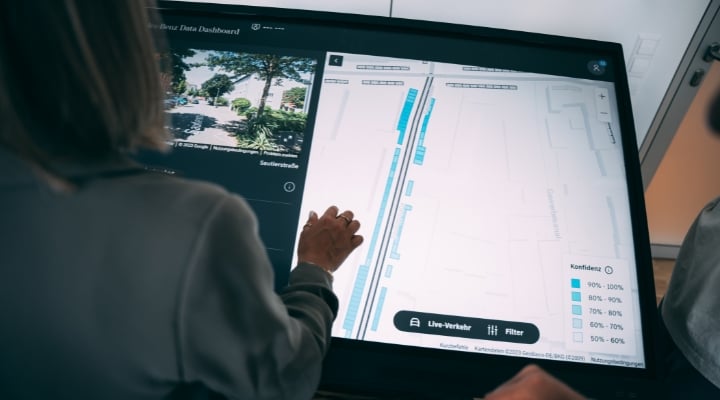
Parking Analytics primarily relies on two different data sources. First, we use so-called park-in and park-out events that are triggered by the ignition state and explicit park events. Second, we use ultrasonic sensor data
Intertraffic: In terms of Mercedes Benz's comprehensive data set on available parking spaces in a city, could you talk about from where that data is gleaned? Presumably it's more than just from MB sensors? How many different sources are we talking about and how is it amalgamated or fused?
CW: Basically, we use historical parking data from Mercedes-Benz vehicles. This anonymised vehicle data is of course only used with the explicit permission of our users. Parking Analytics primarily relies on two different data sources. First, we use so-called park-in and park-out events that are triggered by the ignition state and explicit park events. Second, we use ultrasonic sensor data. Our cars continuously scan the side of the street with their ultrasonic sensors that are a standard feature. While driving, the sensors measure if a parking space exists and if so, where and how large it is. This anonymised data is stored and analysed in our Mercedes-Benz intelligence cloud. In a further step, we merge the data with satellite images by using a computer vision approach to enrich our own data to produce good results.
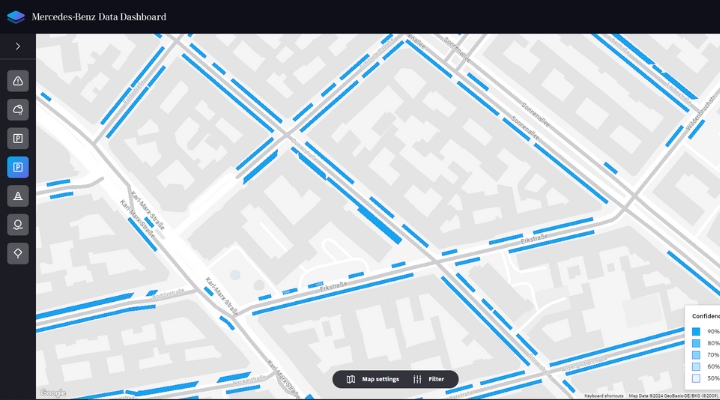
Intertraffic: What role does historical parking data play? How is it integrated with real-time data?
CW: With our occupancy model we show a city how parking spaces are used during a typical week. This, of course, does not always reflect the real-time parking situation but it helps to understand utilisation patterns and identifies parking pressure points in a data-based way. The parking availability is calculated by statistical modelling of occupancy based on parking and exit events.
With our occupancy model we show a city how parking spaces are used during a typical week. This helps to understand utilisation patterns
Intertraffic: You also talked about how high-quality data drives insights into the supply of parking spaces while simultaneously reducing costs. How does that work?
CW: High-quality data enables us to identify and eliminate inefficiencies in parking space management. Using vehicle data, large areas can be repeatedly captured without the need for expensive and stationary sensors or on-site inspections. With this technology, cities can derive more thorough parking-related insights than they could have through manual surveys alone. The solution offers options to solve parking challenges, reduce costs for on-site inspections, and increase parking space efficiency. At the same time, there is the potential to enhance the user experience for everyone, which in turn increases the acceptance and thus the efficiency of the overall system.
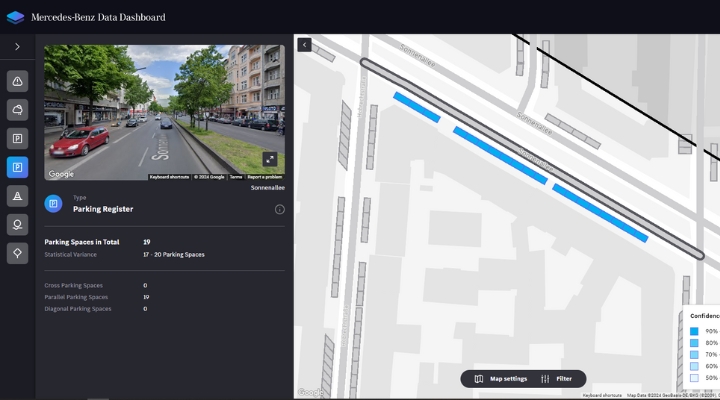
In a future where vehicles operate fully autonomously, the concept of parking as we know it today will undergo a significant transformation
Intertraffic: Do you see parking as part of a Mobility as a Service future, or do you see Parking as a Service as a separate strand of mobility?
CW: A seamless mobility chain also includes the ability to park easily and efficiently. Therefore, I do not see “Parking as a Service” as a separate branch, but rather as an important component within the MaaS ecosystem that enhances the user experience and promotes the use of shared and public transportation. In a future where vehicles operate fully autonomously, the concept of parking as we know it today will undergo a significant transformation. The notion that drivers need to concern themselves with finding a parking spot will become obsolete, as vehicles will independently find and utilise the best parking options. This also includes the charging of electric vehicles, which can be seamlessly integrated into the process. For users, this eliminates not only the physical task of parking but also the mental effort associated with it. Instead, they can fully focus on their actual goals and activities. For cities and mobility providers, on the other hand, the efficient management of parking and charging operations through the use of data-driven systems will become an even more central concern. The intelligent control of these processes will make it possible to optimally use available space, improve traffic flows and ultimately enhance the quality of life in urban areas.
Intertraffic: There was an interesting session at Intertraffic Amsterdam 2024 on Automated Valet Parking. Is this something that you are considering investing time (and money) into?
CW: Automated valet parking is an interesting field. It's not just a matter of convenience for the driver, but also a step towards more efficient use of parking spaces. With the precision that vehicles can park autonomously, it is possible to make better use of space and accommodate more vehicles in the same area. Mercedes-Benz has already demonstrated a pioneering spirit in having the first SAE Level 4 automated valet parking system available in the market for our customers.

Christoph Wolfinger is Product Manager Space, Data-as-a-Service (MxD/MD), at Mercedes-Benz.
christoph.wolfinger@mercedes-benz.com




